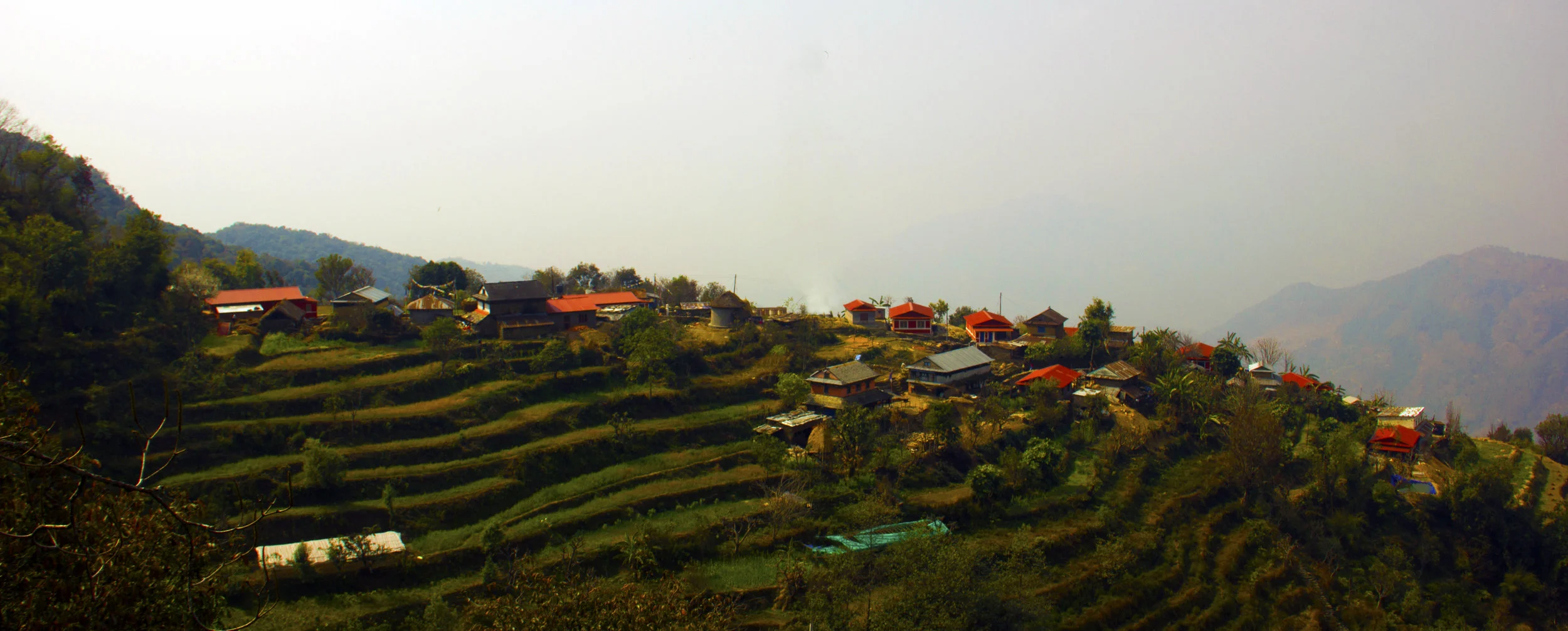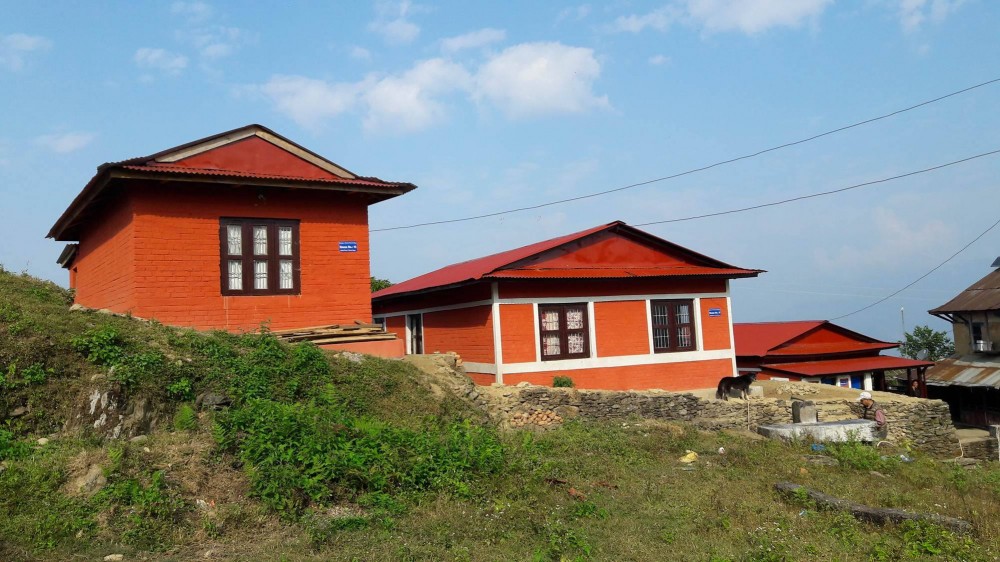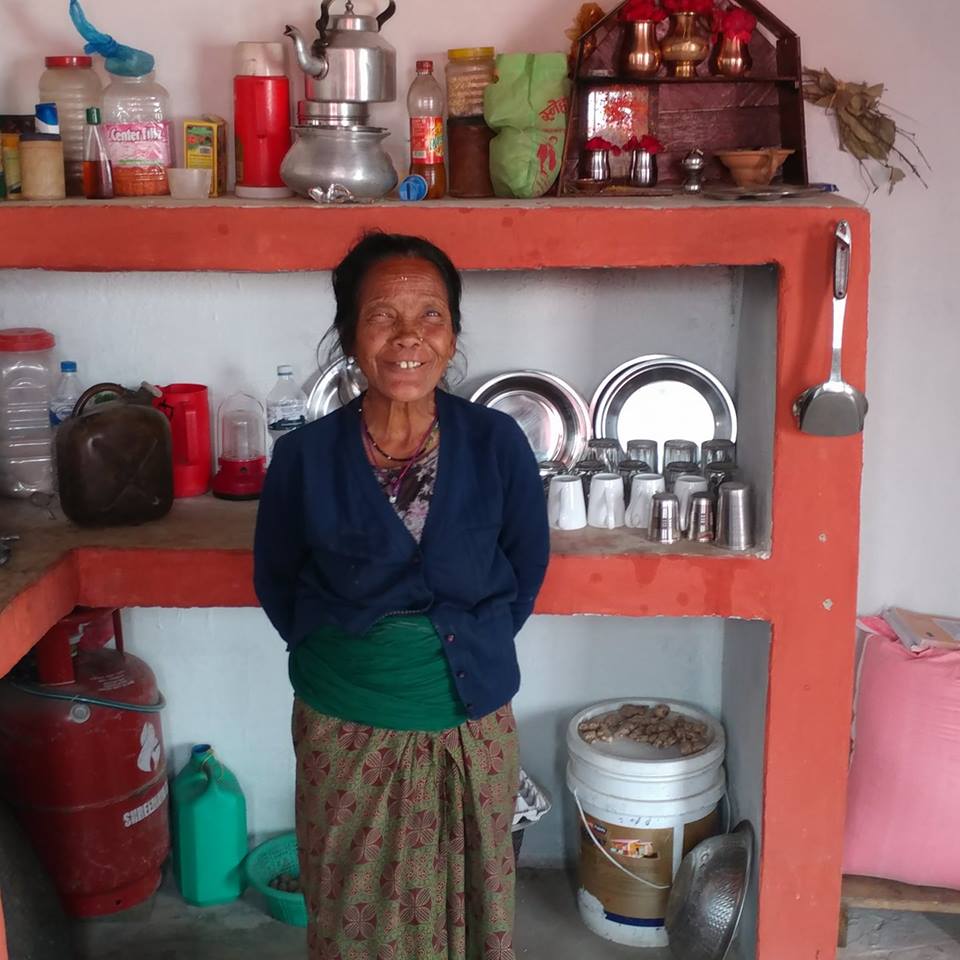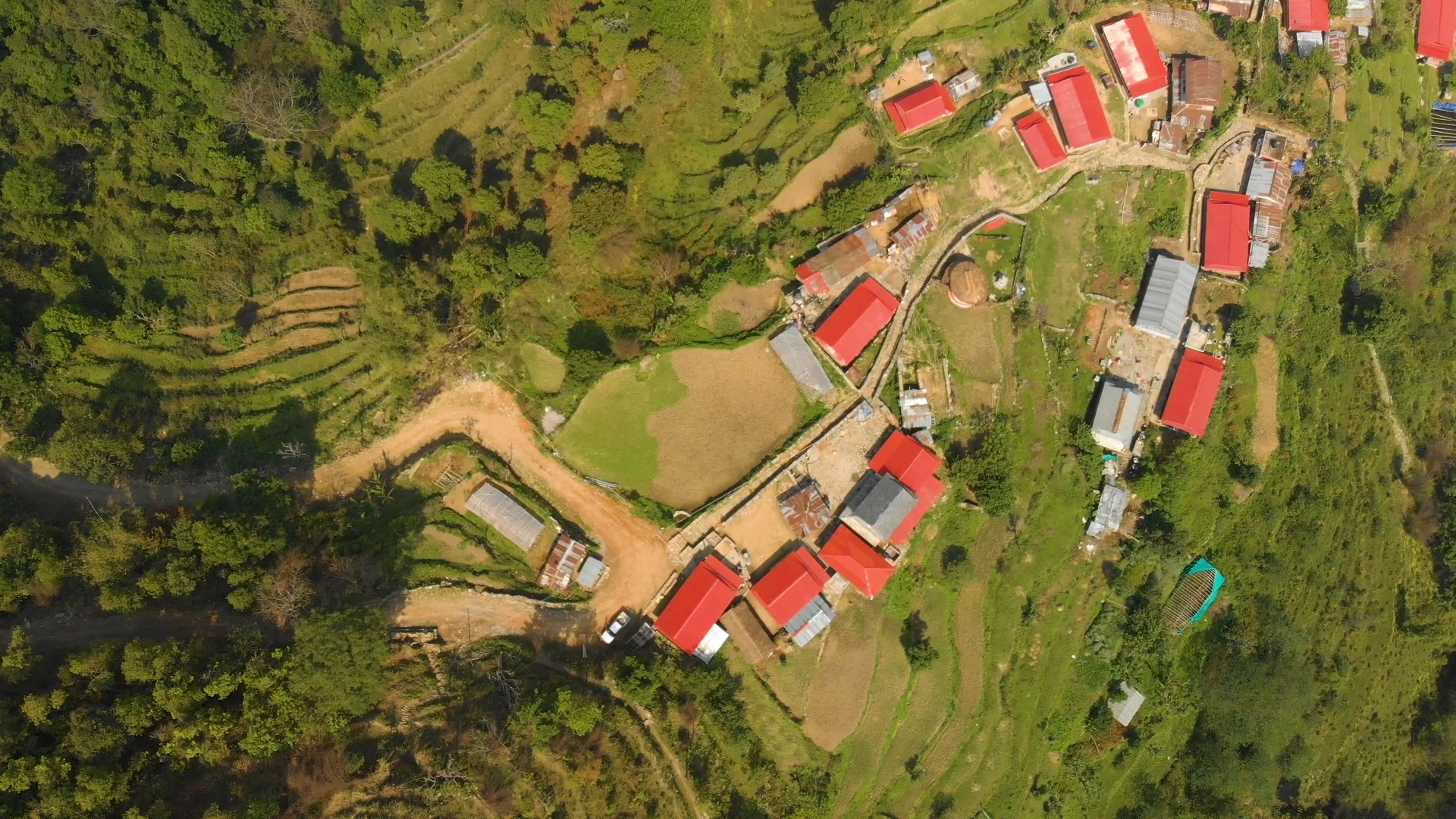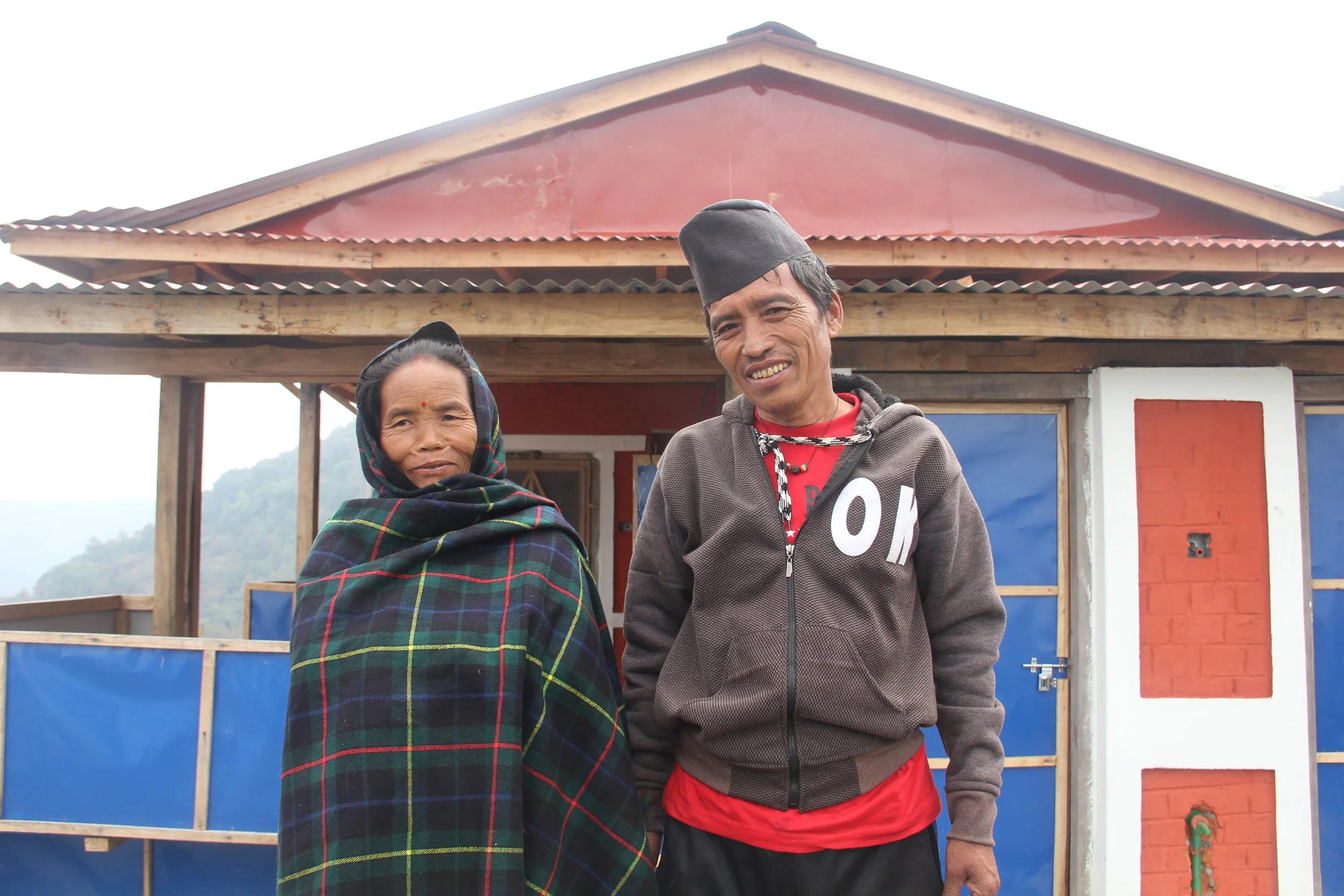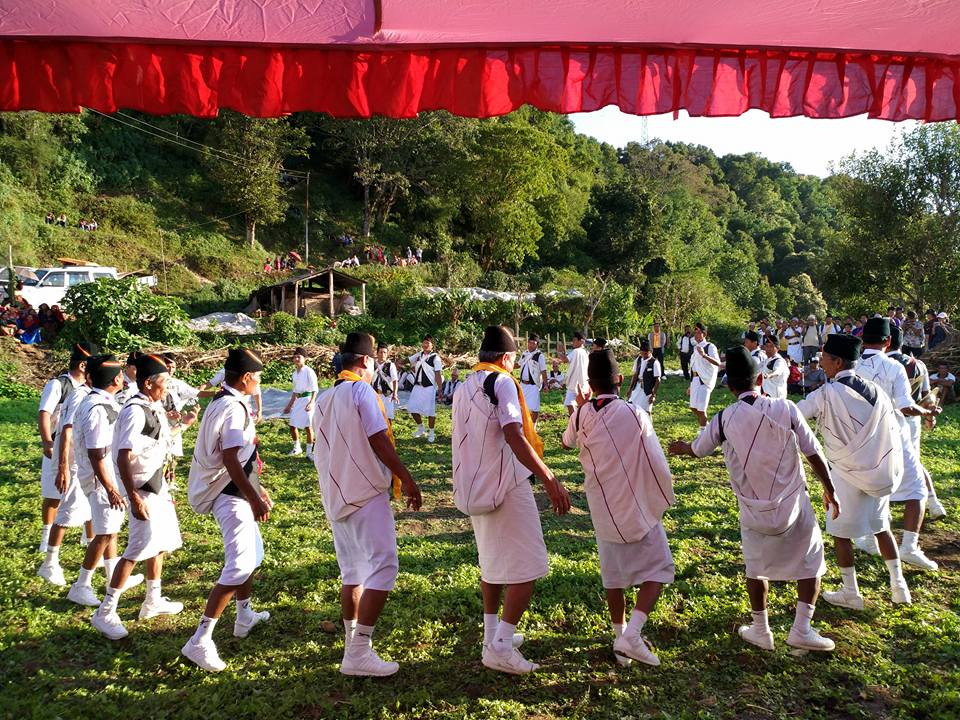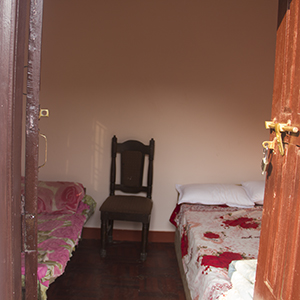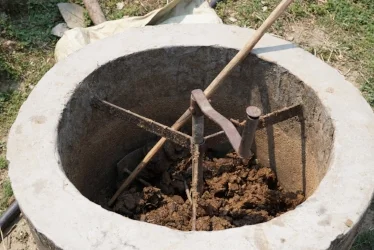earthquake victims to entrepreneurs.
2015
In the aftermath of the April 25th earthquake in Nepal, Rainaskot residents considered leaving their village for good, rather than rebuilding. The Sangsangai partnered with the villagers to rebuild the homes and add a guest program to help the village with their economic challenges while rebuilding their damaged homes.
2020
Rainaskot was named the#1 Homestay Destination by the Nepal Tourism Board for 2019, and has welcomed thousands of guests since construction was complete in 2017. The village has become a sensation in Nepal, with constant media coverage and fully booked rooms.
Photo of Rainaskot, courtesy of Jason Carter RInaldi
Snapshots of Rainaskot
Introducing the Rainaskot Residents
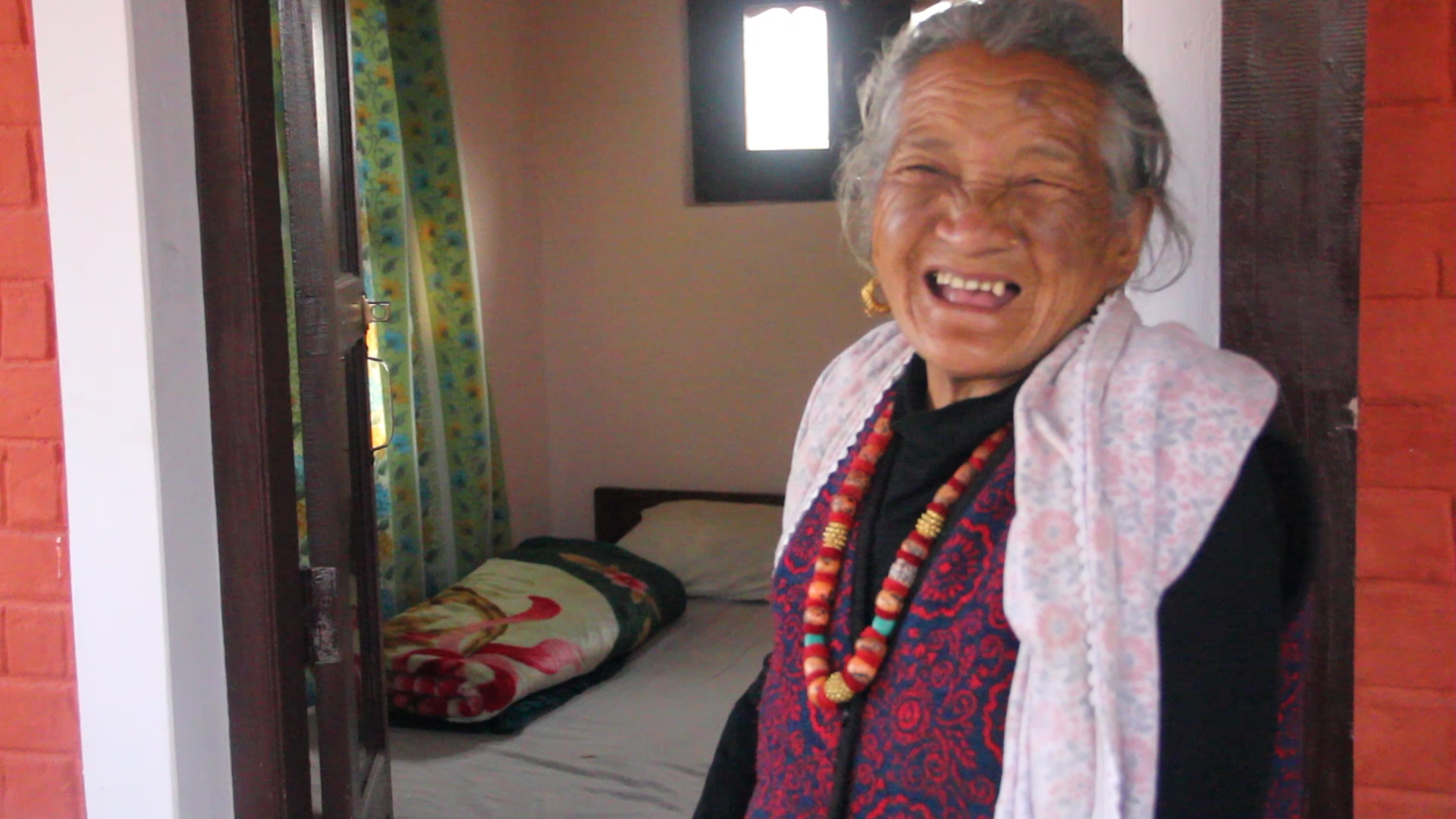
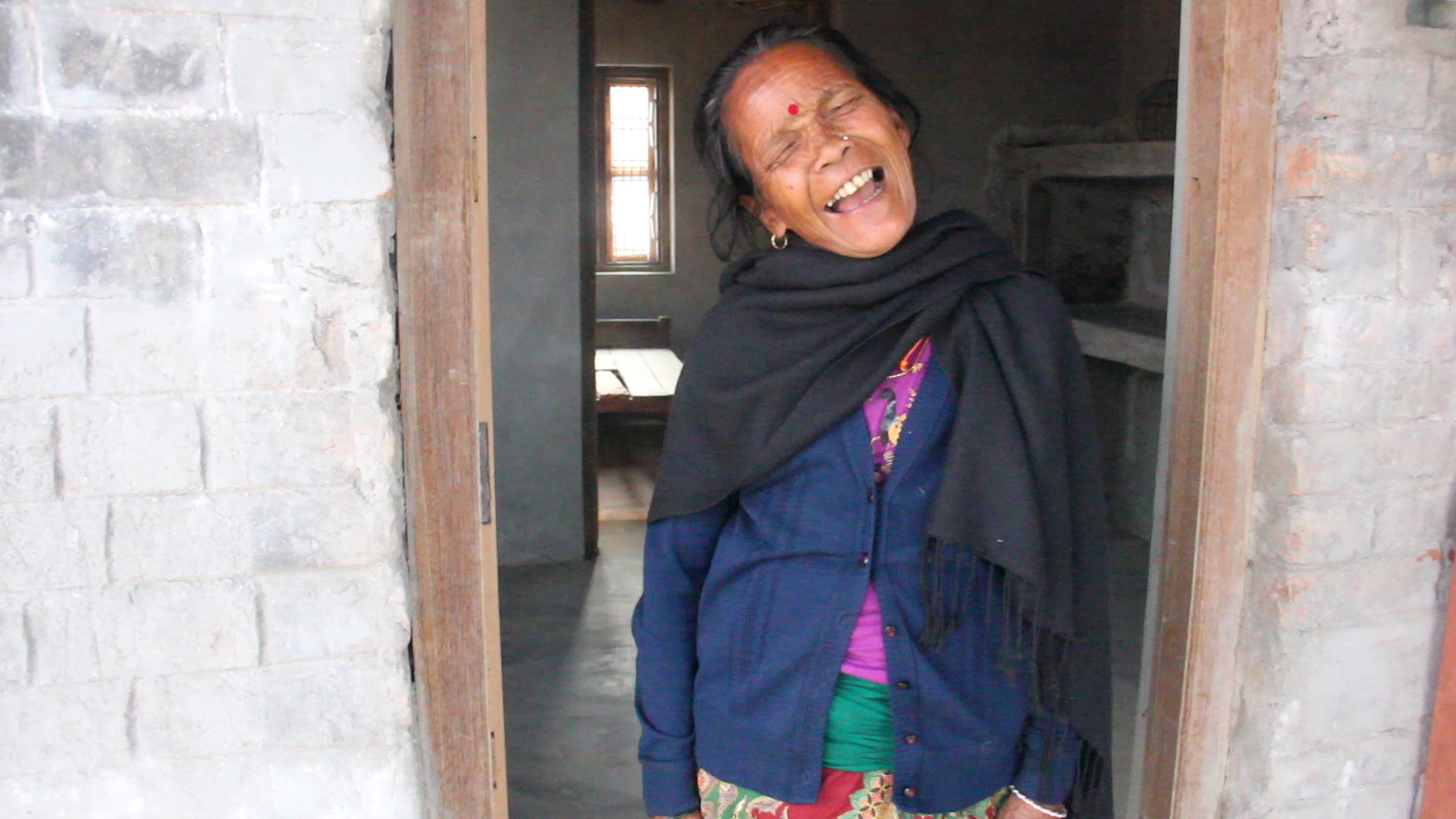
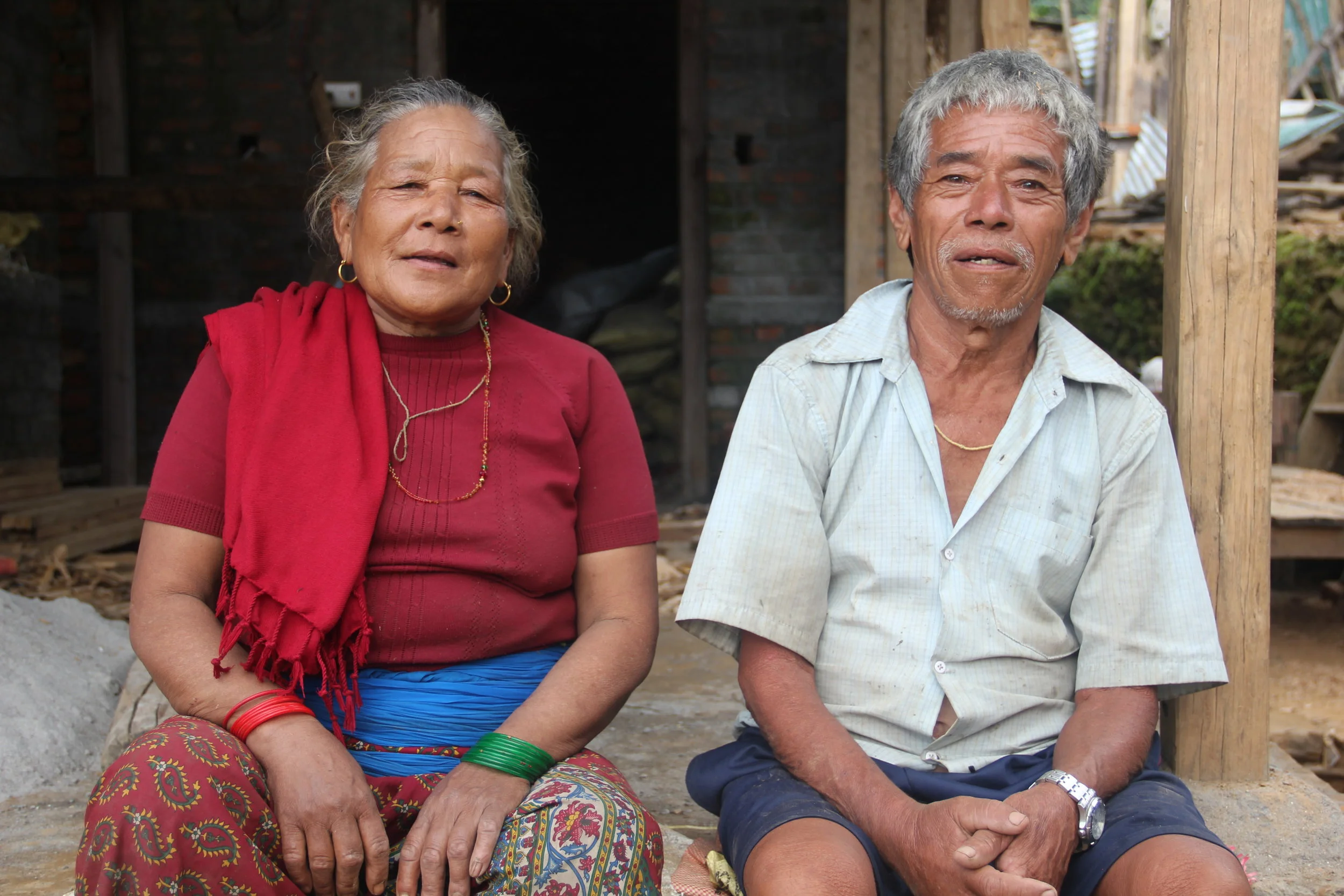
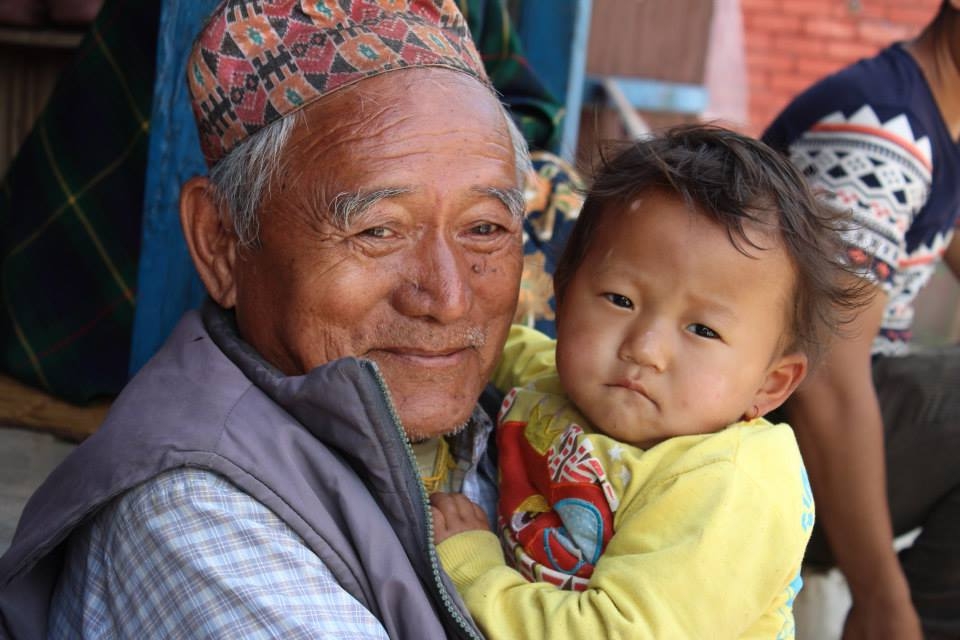
The Rural Economy and Migration
Over the last 10 years, the economy of Nepal has become dependent on the 4 million Nepali citizens living and working overseas, sending their earnings back to their families. While this has caused the poverty rate to decline, it comes at another cost.
Every day, 1500 Nepalis, mostly men, leave for jobs in the Middle East. They often work and live in hazardous conditions in order to send back just a couple of hundred dollars a month. All over Nepal, there are villages with just young mothers and their children, and the elderly.
Since opening in 2017, Rainaskot has welcomed approximately 4000 paid guests each year. Young people from several households who were previously working overseas have returned to Rainaskot, now that there is a viable source of income right in their home village.
report by the Nepali media channel Janata about the Homestay in Rainaskot. In Nepali with English subtitles:
Sustainability
Sustainable Structures
The primary concern of the architects was the earthquake safety features of the buildings.
Using floating foundations, rebar reinforcement, lightweight roofing, and buffers around doors and windows, the design seek to prevent the most likely sources of damage in future earthquakes.
The design also takes into consideration the traditional culture and social structure of the village.
Large porches were included as they serve as meeting place for villagers, an outdoor work space, and a place to welcome guests passing through.
The red and white colors were chosen to reflect the colors of traditional village homes, originally colored using red and white soil.
Sustainable Economy
Each home Rainaskot contains a guest room that the villagers can rent out for cash income.
Due to the location and culture of Rainaskot, the tourist component of economic development has already become a success with 500+ guests in the first few months.
Strategies for income generation include:
paid guests for whom the villagers provide lodging and food, which they have grown themselves
agriculture development, including beekeeping, cardamom cultivation, and raising livestock such as goats and chickens
Locally produced crafts such as baskets and blankets
Sustainable Environment
The rebuilt environment of Rainaskot includes environmentally sustainable features.
Key among these is the biogas tank for each household. Human and animal waste is broken down into fertilizer and methane gas with the addition of water and sunlight.
Benefits include:
cleaner indoor environment due to cooking with gas instead of firewood
self-contained system for the disposal of waste
significant reduction in time spent collecting firewood for cooking
less polluting toxins from burning firewood
Biogas tank in Rainaskot

